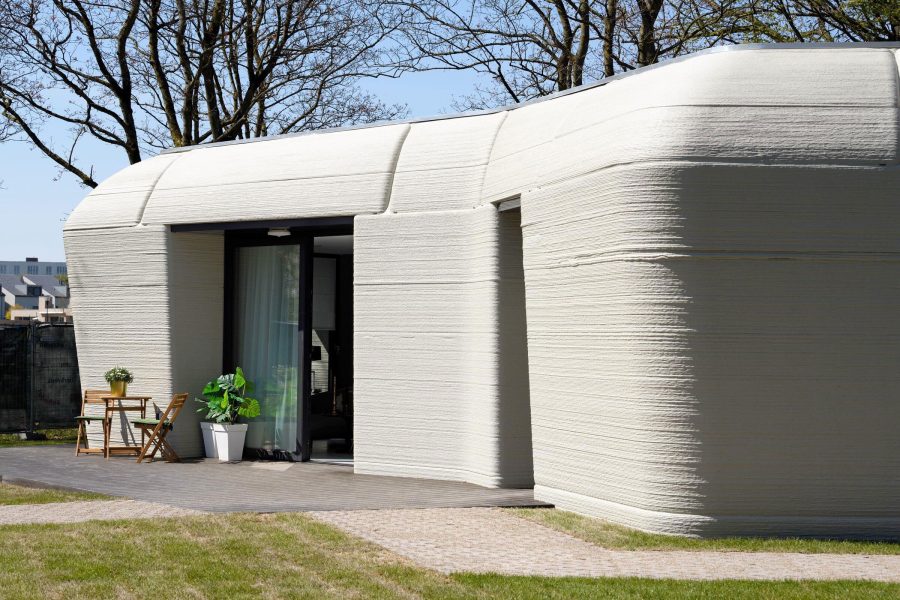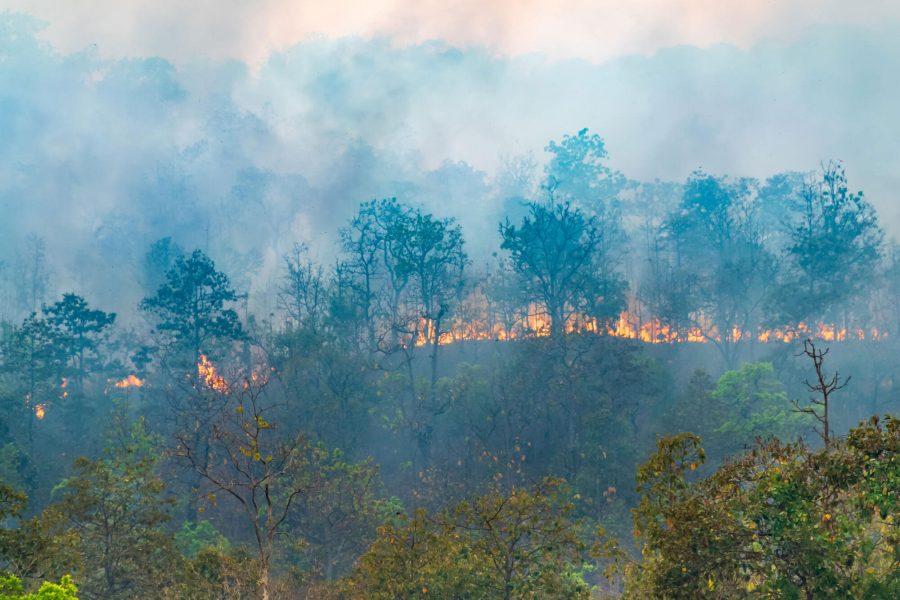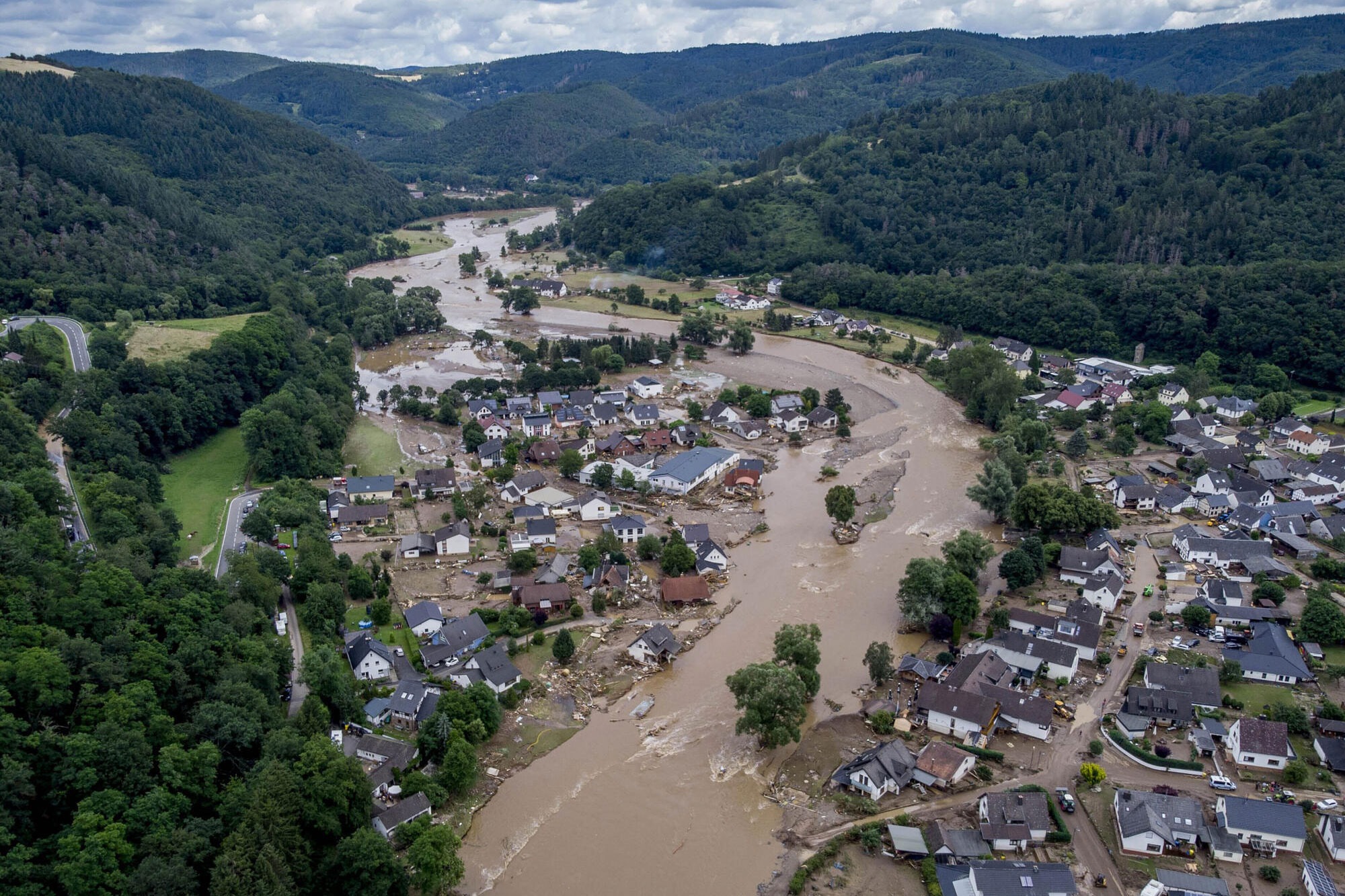Story at a glance:
- Chryso, a global leader in sustainable construction solutions, is pushing the industry to expand its concept of environmental responsibility for long-term resiliency.
- Chryso engineers performance-based solutions that enhance concrete’s durability, contributing to resilience and life cycle carbon efficiency.
In conversations about sustainable construction, most of the spotlight falls on reducing carbon footprints, energy use, and material waste. These are all critical, of course, but if your building can’t stand up to the increasingly frequent storms, floods, fires, or earthquakes, how sustainable is it?
To build truly sustainable environments, we must expand our focus beyond “green” design and consider a sometimes overlooked yet essential counterpart: resilience.
Resilience: The Missing Half of Sustainability
In 2015 three landmark frameworks emerged from the United Nations: the Sustainable Development Goals, the Paris Agreement, and the Sendai Framework for Disaster Risk Reduction. While the first two have captured widespread attention, the Sendai Framework, despite its direct relevance to our built environment, remains underutilized in mainstream construction dialogue.
The Sendai Framework defines resilience as our ability to “prevent new and reduce existing disaster risks” and underscores the need to address vulnerabilities in infrastructure. In other words, if your building is green but cannot endure a disaster, you may have to rebuild it—doubling your environmental impact in the process.
If your building is green but cannot endure a disaster, you may have to rebuild it—doubling your environmental impact in the process.
Recent findings from the Sustainable Construction Barometer by SAINT-GOBAIN reinforce this critical point. Each year the company surveys industry stakeholders globally, and this year’s results reveal a notable shift: resilience is gaining ground as a core concern in sustainable construction. The percentage of respondents prioritizing resilience to climatic events jumped to 21%, the largest increase recorded to date. It’s especially prominent in regions frequently exposed to natural disasters, like Africa, Asia-Pacific, and the Middle East.
However, the report also highlights a missed opportunity: Only 15% of stakeholders and public respondents associate sustainable construction with improved occupant well-being. Despite the clear potential for design to enhance quality of life, this human dimension remains secondary in most conversations about sustainability.
Concrete’s Role in Resilient Construction

Architect: Van Mierlo architecten. A.I: YuconVR. Photo by Bart van Overbeeke, courtesy of Chryso
Concrete is often viewed through the lens of emissions, but that view misses a crucial point. When used strategically, concrete can be one of the most resilient materials in our construction arsenal. Its fire resistance, strength under wind and water forces, and structural integrity during seismic events make it a powerful contributor to buildings that can stand the test of time—and of nature.
In fact, in many locations like South Florida, concrete-based systems are mandated by code because they can withstand hurricane-force winds. From seismic-resistant foundations in Mexico City to fire-hardened infrastructure in California, concrete provides critical resilience in diverse hazard zones.
Yes, concrete generates CO₂, but we must shift our mindset. Instead of viewing all carbon as waste, we should ask: Is this an investment in long-term resilience? If we’re building stronger structures that prevent destruction, displacement, and rebuilding, then the CO₂ used upfront may pay dividends in avoided emissions later.
Concrete’s environmental profile is often misunderstood. Research from the MIT Concrete Sustainability Hub shows that concrete absorbs CO₂ over its lifetime—a process known as carbon uptake. This natural recarbonation helps offset a portion of the emissions from its production, reinforcing concrete’s long-term value in both durability and carbon accounting. The MIT Whole Life Cycle Carbon Uptake Tool can include the details of use-phase uptake and corresponding mix design components when estimating the end-of-life uptake.
At Chryso we support this shift in perspective by engineering admixtures and performance-based solutions that enhance concrete’s durability, optimize mix designs, and contribute to both resilience and life cycle carbon efficiency.
Introducing the Building Resilience Index

Photo courtesy of Shutterstock, Chryso
To help quantify and promote resilience, the International Finance Corporation created the Building Resilience Index (BRI), a first-of-its-kind tool that complements green certification systems like EDGE. While green standards focus on mitigation (reducing environmental harm), BRI emphasizes adaptation, ensuring buildings can withstand hazards like:
● Wind (hurricanes, tornadoes)
● Water (flooding, tsunamis)
● Fire (wildfires, urban fires)
● Geoseismic activity (earthquakes, landslides)
Together these four hazards account for 80% of disaster-related losses globally.
What makes the BRI particularly compelling is its simplicity and transparency, while at the same time being robust. Nature is the toughest of customers, and we know she will eventually test the resilience of what we construct.
BRI provides a clear, location-specific evaluation of a building’s resilience and offers a straightforward pathway for improvement. Moving from a “Non-Resilient,” or NR, rating to a basic “B” rating can already make a massive difference in safety and life cycle performance. And unlike static green certifications, BRI’s scoring adjusts for local risks, meaning a building that earns an “A” in one region might score far lower in another if it’s not adapted to the local hazard profile.
Why Codes Aren’t Enough
Most building codes are still focused on minimum criteria, often centered around evacuation rather than structural endurance. We’ve normalized the idea that it’s acceptable for a building to fail, as long as people can escape in time.
We need a paradigm shift—from designing for evacuation to designing for shelter-in-place durability. As an analogy, consider aviation. Early flights operated dangerously close to weather hazards. Only once aircraft technology allowed us to “fly above the clouds” did commercial aviation become truly safe and efficient. In the same way we must elevate our codes and practices to build above today’s natural hazards.
The Real Cost of Rebuilding
The economics are compelling. Every $1 spent on resilient construction saves an average of $4 in disaster recovery, according to the National Institute of Building Sciences/ Think of the cost—not just in dollars, but in lives disrupted—of rebuilding homes, schools, and hospitals after each major event.
We don’t need to abandon our net-zero goals. Rather, we must recognize that resilience is a critical stepping stone toward them. By building to last we avoid the emissions and environmental toll of reconstruction. In this context choosing resilient materials—even those with an initial carbon cost—may be the more sustainable investment for the future.
A Path Forward
From urban towers like Torre Diana in Mexico, which aims for a top resilience score, to entire communities being built with BRI standards, the future is already taking shape. With tools like the BRI we now have a scalable way to assess and improve resilience across building types and geographies.
To build a truly sustainable future, we must build strong. We must build smart. And, above all, we must build resilient.
But resilience doesn’t happen by accident, it starts with awareness. It’s time for the construction industry, policymakers, and educators to elevate resilience to the same level of urgency as carbon reduction. We need more training, more dialogue, and more integration of resilience principles in building codes, professional curricula, and sustainability benchmarks.
Research from institutions like the MIT Concrete Sustainability Hub reinforces this need. Their work explores how building density, configuration, and materials affect hazard vulnerability, financial risk, and emissions—showing how stronger, cooler construction can reduce both damage and carbon footprints. These insights help identify high-risk areas and make a compelling case for resilience-focused investment.
Collaboration with mission-aligned organizations like the Resilience Action Fund, which helped shape the BRI can accelerate this shift.
At Chryso we recognize that resilience isn’t just a policy goal; it’s a material challenge. Our work is focused on developing high-performance admixtures and formulations that enhance concrete durability, improve long-term performance, and reduce embodied carbon. From optimizing mix designs to supporting ultra-high-performance concrete, our innovations help make buildings more resistant to the hazards of today and ready for the uncertainties of tomorrow.
The path forward is clear. It’s time to make resilience not the exception but the standard.


